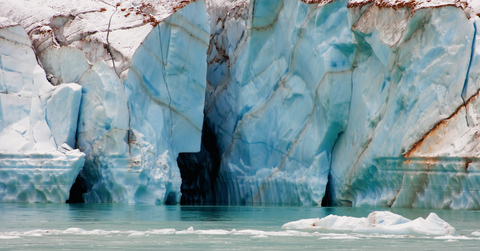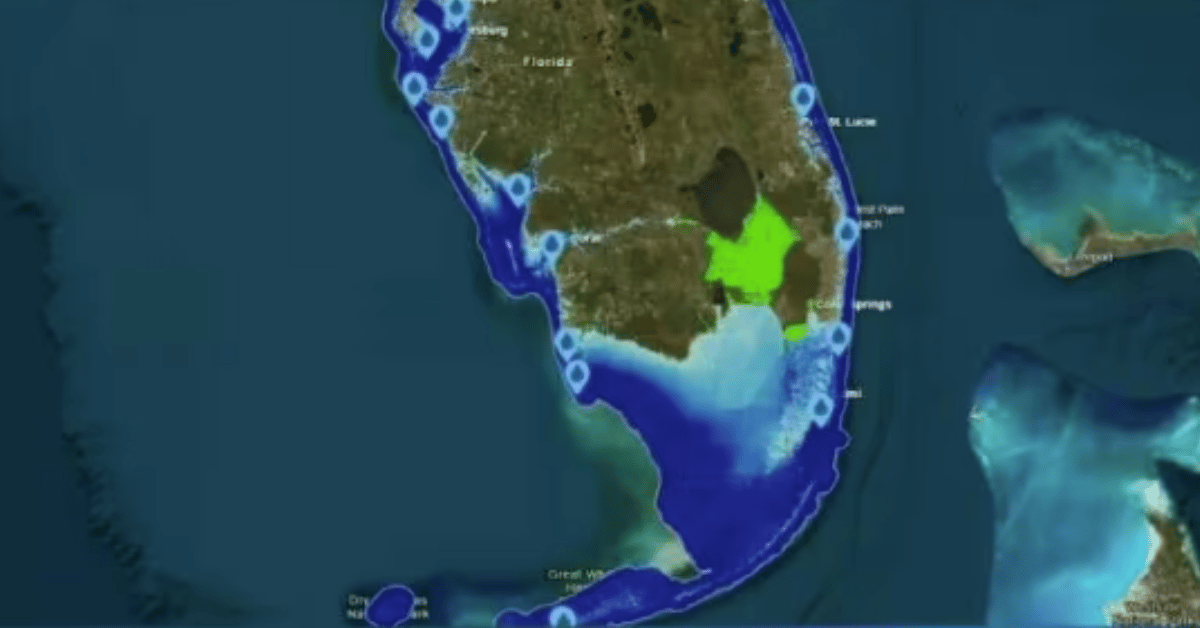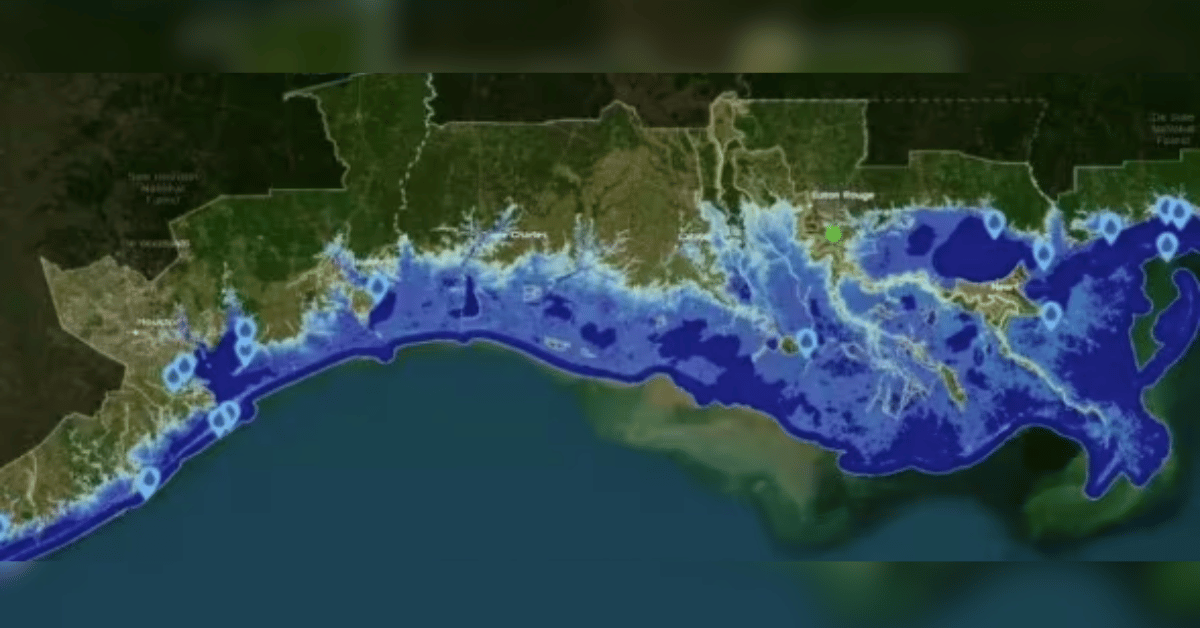Would Your Home Survive 'Doomsday Glacier' Melt? Frightening Map Shows Which U.S. Cities Would be Wiped Out In Climate Change Disaster

The NOAA predicted which parts of the US are at risk of being submerged if the 'Doomsday Glacier' collapses.
June 30 2025, Published 8:00 p.m. ET
A terrifying map has outlined large swaths of the US at risk of being wiped out in the event the "doomsday glacier" melts, RadarOnline.com can reveal.
The projected map showed the devastating impact of the Thwaites glacier melting, resulting in sea levels rising and swallowing up whole cities.
Coastlines Impacted

Majority of southern Florida, including Miami, would be underwater.
The map was generated by the National Oceanic and Atmospheric Administration, which predicted that the melting of Thwaites would dramatically alter US coastlines.
States at risk of being forever altered by the climate disaster include New York, Texas, California, Virginia, South Carolina, Georgia, and Florida.
NOAA officials specifically warned majority of southern Florida would be under water, including Miami and Everglades National Park.
Major Cities at Risk
Other major cities at risk of the climate catastrophe include Atlantic City, New York City, Charleston, Savannah, and Virginia Beach.
Almost all of California’s major cities would also be under threat, including San Francisco, Los Angeles, Huntington Beach, and Sunset Beach.
Research has long warned of the rapid rate at which the so-called Doomsday Glacier has been melting since the 1940s, sparking mass concern over rising sea levels.
Ice Melt Trends

Coastal cities would be effectively wiped off the map if the Doomsday Glacier melts.
Scientists have concluded that human-induced climate change has acted as an accelerant to rising temperatures in the Arctic and subsequent rapid melting.
Thwaites is the widest glacier on Earth, at 80 miles wide.
According to The International Thwaites Glacier Collaboration, the Doomsday Glacier "ice loss currently contributes around 4% of all global sea-level rise" and if it were to collapse, would cause global sea levels to rise an estimated 25 inches.
Since 2000, Thwaites has lost an estimated 1000 billion tons of ice, and ice melt has doubled over the last 30 years, according to the organization.
'Grim' Outlook
The International Thwaites Glacier Collaboration has further warned that the rate at which the Doomsday Glacier is melting could signal it is on a path of irreversible damage.
Last year, a team of scientists with the ITGC inspected the glacier with underwater robots and concluded a "grim" outlook for the future if nothing is done to combat climate change and increasing temperatures.
Rob Larter, a marine geophysicist at the British Antarctic Survey and ITGC, said: "Our findings indicate it is set to retreat further and faster."

Scientists predicted the Thwaites and Antarctic Ice Sheet could be gone within 200 years.
While the Thwaites melting could increase global sea levels by over two feet, it also reportedly acts as a "cork" to the Antarctic ice sheet.
In other words, if the Doomsday Glacier melts, it could unleash the ice sheet, causing global sea levels to rise upwards of 10 feet.



